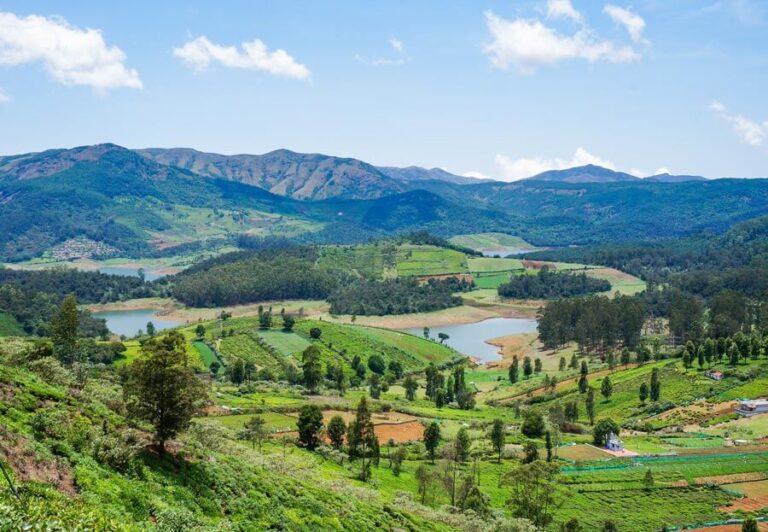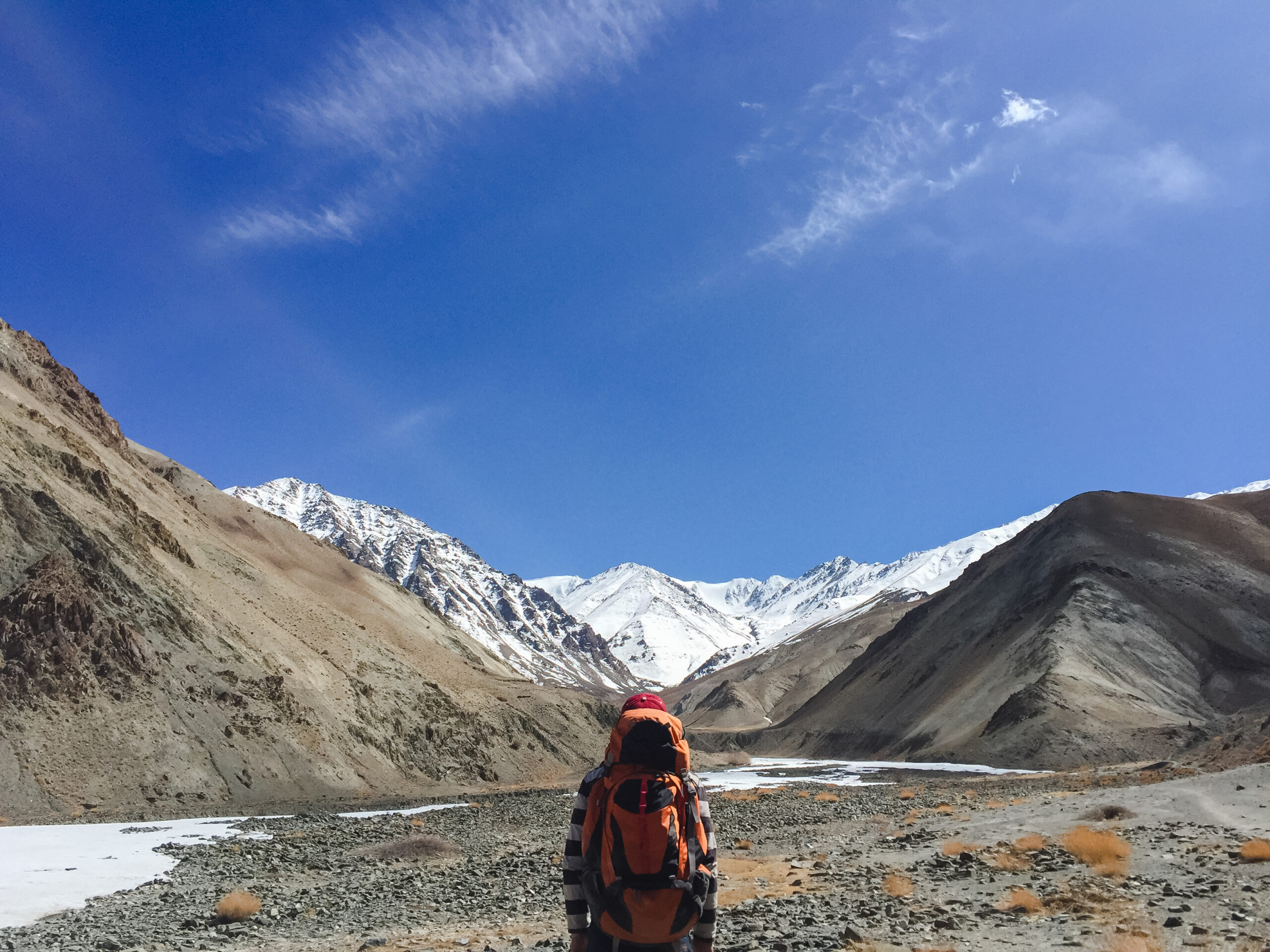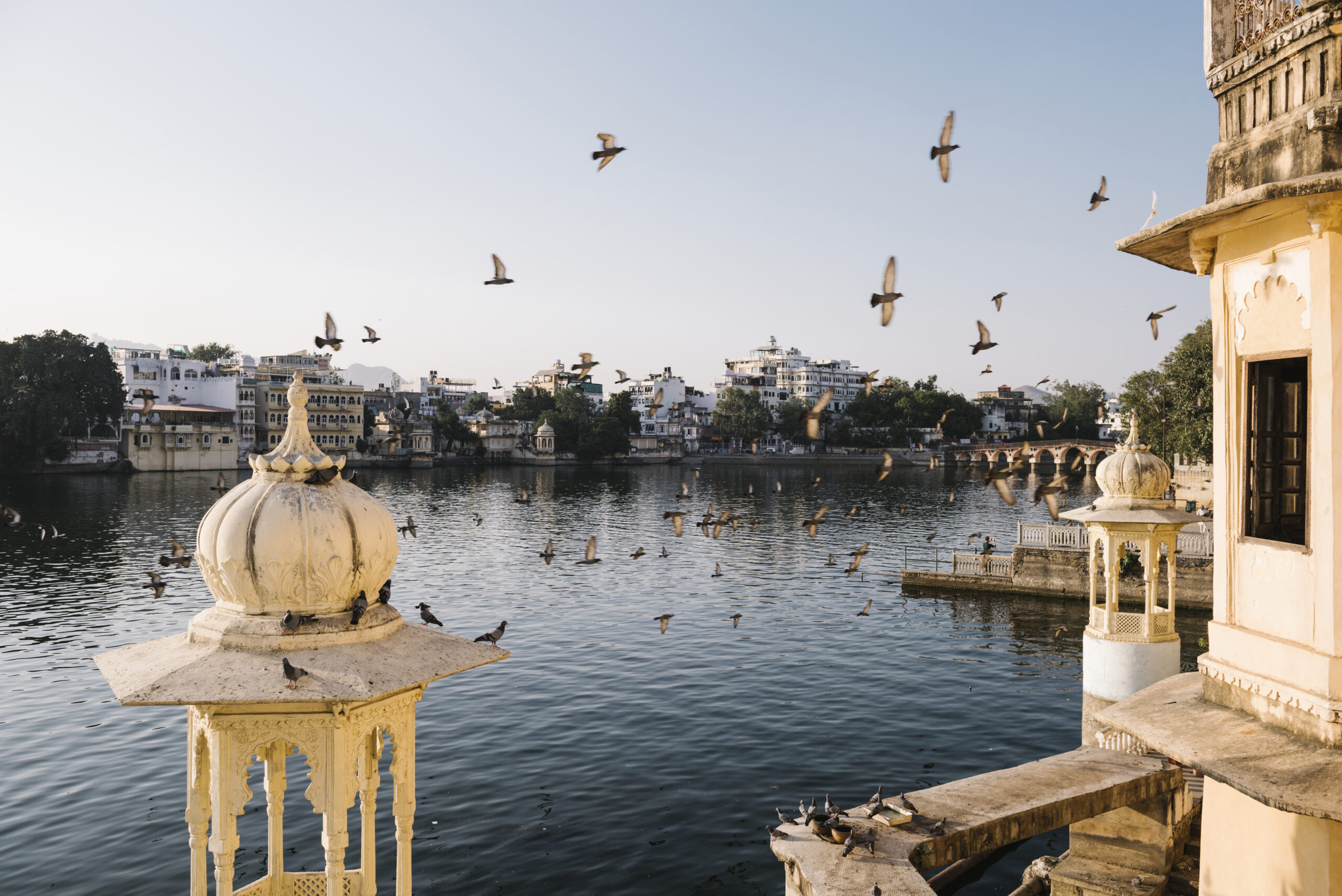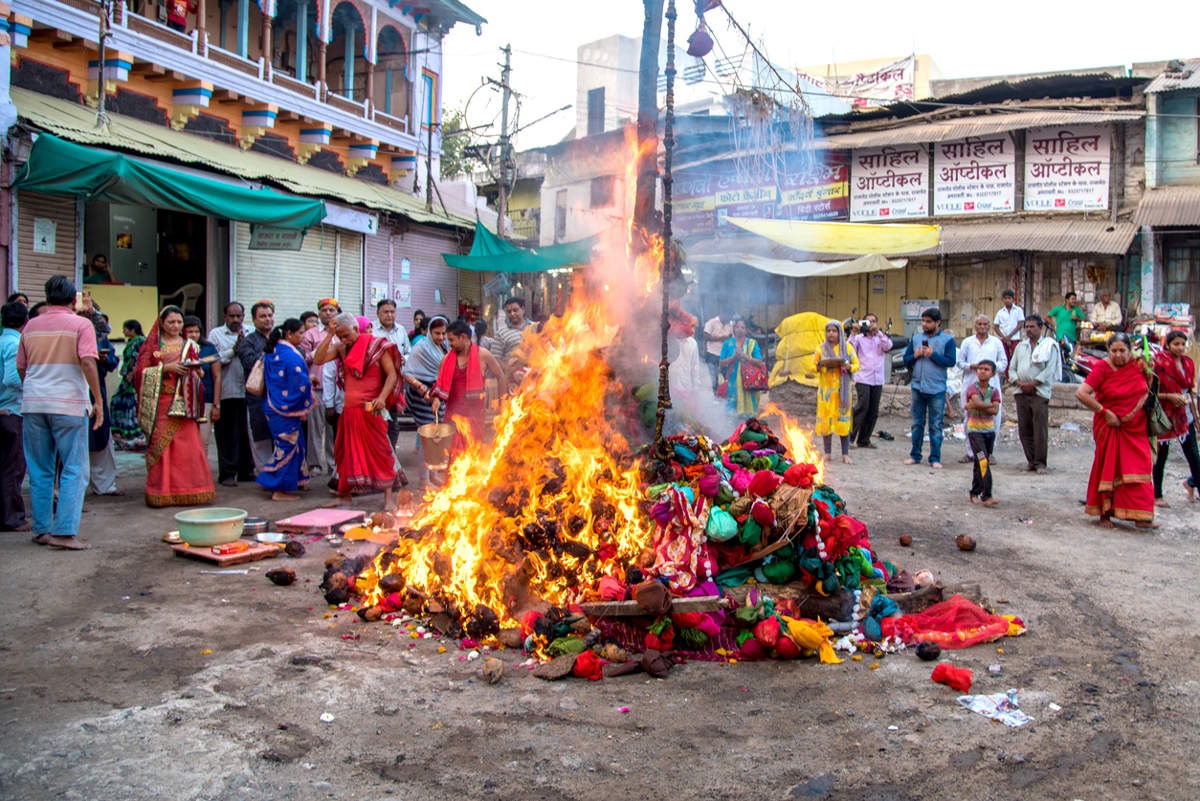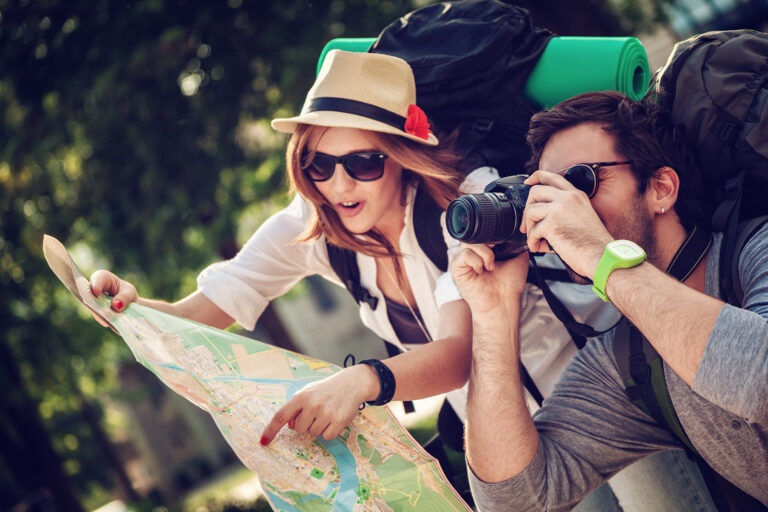
Choosing Destinations in India
Planning a holiday is not so easy. Sometimes you must have observed that deciding where to go is also pretty hard. Delighted Journey gives you detailed information on more than twenty-five activities and we help you decide where and how you would have the best enjoyment. You are also provided

